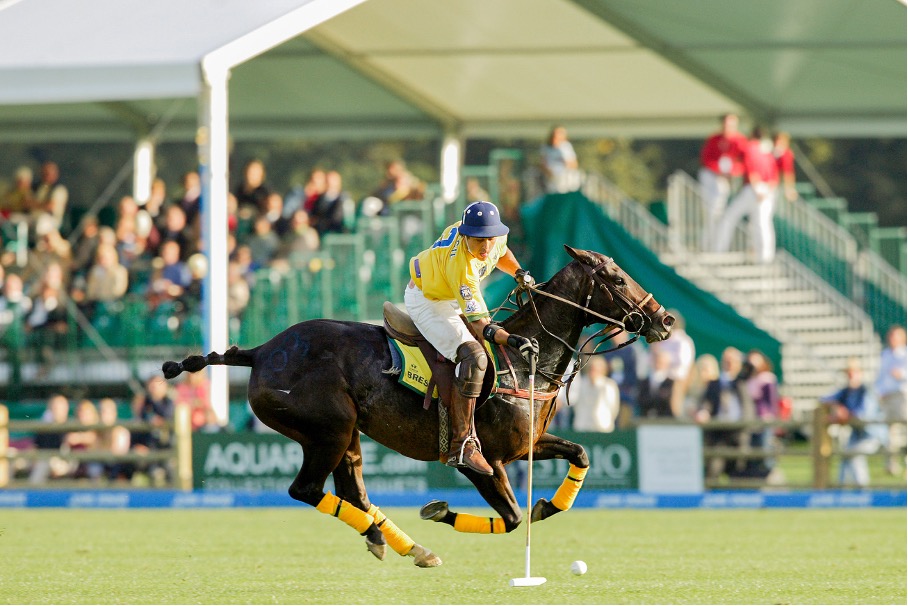by Dr. Holger Schmieding
An extreme global health emergency meets an unprecedented policy response
Europe as the new epicentre: In China, the number of active cases continues to fall, down from a peak of 58k on 18 February to 15k on 12 March. In Europe, however, the total number of con firmed infections has doubled within three days to 46k as of the morning of 15 March. From a much lower level, the US has followed with an increase by 2k to 3k during this period according to the daily WHO situation reports and the 15 March data from Johns Hopkins University.
Lockdown economics: Ever more countries are imposing and tightening lockdowns, including Italy (12 March), Spain (14 March) and Austria (15 March). France, Germany and the us are among those countries doing so in a still less severe form. Expect more of the same in more countries.
While these lockdowns last, they may well curtail economic activity by more than the Great Financial Crisis of late 2008 and early 2009. When the lockdowns are eased, activity may rebound significantly from such unusually depressed levels, though, even if pre-Corona levels will not be reached again for a quite a while. GDP data for the full year 2020 or – possibly – even for Q2 could still be less bad than the dismal dynamics of upcoming data for March and April will likely suggest. In any case, the risks to economic activity are skewed heavily to the downside.
Frontloading the response: Lockdowns take a heavy toll on everyday life and current economic activity. However, they probably help to slow down the spread of the virus and contain the hu man costs of the pandemic somewhat. In doing so, they may also reduce the aggregate economic damage.
The impact differs widely between sectors. Some services are being hit much more than manufacturing and construction. The impact in the advanced world is going far beyond the supply chain damage that was in focus when the pandemic was mostly confined to China.
Whatever it takes: Monetary, fiscal and regulatory policy responses are approaching “whatever it takes, whatever works” mode on both sides of the Atlantic. For our assessment of measures taken on both sides of the Atlantic by Friday, see the links at the bottom of this note.
Circuit breakers? Amid huge uncertainty about the medical outlook and the economic impact of containment measures, even unprecedented monetary/fiscaljregulatory responses are not obvious circuit breakers against the market panic. The Covid-19 pandemic is a severe shock to supply and demand in the real economy, not primarily a financial crisis that could be fixed by a financial boost. Markets may remain very unsettled until the outlook for the pandemic and the containment measures has become clearer.
Financial risks: The market reaction to the pandemic raises the risk that financial stresses may emerge. However, we expect an aggressive policy response to prevent such stresses from adding materially to the near-term recession. On both sides of the Atlantic, policy makers are on high alert.They have shown that they are ready to act forcefully.
After the selloff: Extreme uncertainty and self-reinforcing market dynamics can explain the cur rent market crash. However, we do not expect that, once the dust has settled, the productive capacity of the private economy in the Western world as measured by equity prices should be worth some 20-30% less than pre-Corona. That should hold even with a risk of some capital dilution. Near-term, however, this long-term fundamental view will probably not shape market dynamics yet, to put it mildly.
Debt migration:Due to “whatever it takes” policy responses, a significant part of the costs of the pandemic will likely turn into public debt over time, partly ending up on central bank balance sheets. Interest rates that will likely be much lower for much longer will make this bearable in most cases. Expect a degree of “Japanification” in this particular sense.
The political fallout is impossible to gauge.After an event of this scale, it could be significant. For now, the crisis seems to be stabilising coalition governments in Italy and Germany. In the US, President Donald Trump remains the favourite to win the election on 3 November although his probability of being re-elected has fallen over the last seven days by 4.6 points to 47.1% versus
44.0% for Joe Biden according to www.electingbettingodds.com.




























